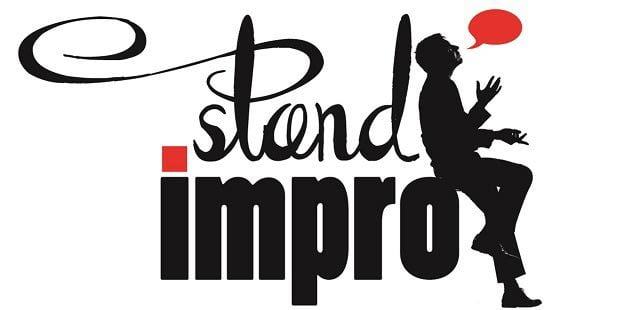Stand’Impro general scheme
1 The Situation
First, capture your audience’s attention. Do not assume that they are actively listening. Ask a question, use storytelling or be disruptive. Above all, surprise them. At this point, you want to help your audience understand what this presentation is going to be about.
Exemples for successful starts:
- Ask a simple question: « Have you ever encountered a major disruption with your IS system? ». Have a short conversation with your audience so that everyone gets involved. Then proceed to your main message.
- Create a poll on Teams: This will activate your audience since they have to answer. Use intriguing question to capture their attention!
- Use a cue object: « This pineapple represents my team » and hold up a pineapple to show your audience. If there’s no initial clear link between your object and your statement, your audience will have to pay attention until the end to figure it out. Give the explanation at the end!

2 The Problem
Stephen Covey famousely said: « Seek first to understand, then to be understood ».
What are the issues that your audience faces? How can you explain your big idea while considering your audience’s level of understanding? You might need to do some investigation first. This step is very often overlooked; however, it will make all the difference between must-have versus nice-to-have presentation.
The acronym IGOR can be a great help in figuring out what your audience needs to hear. First, try to Identify your audience’s issues. Prior to your presentation, get in touch with the people how are going to attend the event. Ask them questions about their activities. Listen and you will discover a goldmine of information. If you don’t have such access to your audience, the internet may provide you relevant information. If not, start your speech with a conversation and then target to the relevant messages according to what you learn.
Next, Grasp the reality of the problem. What people share is very often the tip of an iceberg. The more people are ready to share with you, the more you will be able to adapt your proposed solution.
As a next step, your audience has to acknoledge that the issue is Oppressing, and that we have to do something about it or we must prevent it from happening. Seek for their validation on this point. Then you are ready to start speaking about the main topic!
Finally, Resolve the shared issue. Your audience is activated and seeking to solve the problem. Your can now share your proposed solution!
3 The Solution
Speak about your action steps for solving the previously identified problem. How does these steps solve it? At this level, it is advised that you select and highlight only a few pieces of your solution rather than detailing the entire thing. Less is definitely more!
This section of the speech is often a good place to speak of you. Enhance your legitimacy and credibility by takling ethos.
Again, prior to the meeting or a presentation, you should get in touch with your audience and try to identify:
- What is their level of understanding of the solution (your activities)?
- Select one or two activities or actions that are therefore interesting for THEM not for YOU.
The easier your presentation is for your audience to understand, the more convincing you will be. Keep it simple!
4 The Vision
How will your audience’s situation improve if your solution is implemented? If your solution is not put into place, what are the possible consequences?
This is also a good time to address the benefits for your audience. Embody these positive parts of the presentation with matching positive energy and a smile. This is the moment you can share the vision or the « dream » with your audience.
Storytelling is a very powerful tool that can be used in this regard.
5 The call to action
This is our last and final step. If you successfully completed the other steps, you have become legitimate and trustwothy in the eyes of your audience and you can ask them to do someting – your call to action.
One sentence is usually enough. Make it short and sharp! You deserve to be listened to.
5 The call-to-action
This is our last and final step. If you successfully treated the other steps, you are becoming legitimate in the eyes of your audience to ask them to do someting.
One sentence is usually enough. Short and sharp! You deserve to be listened.




